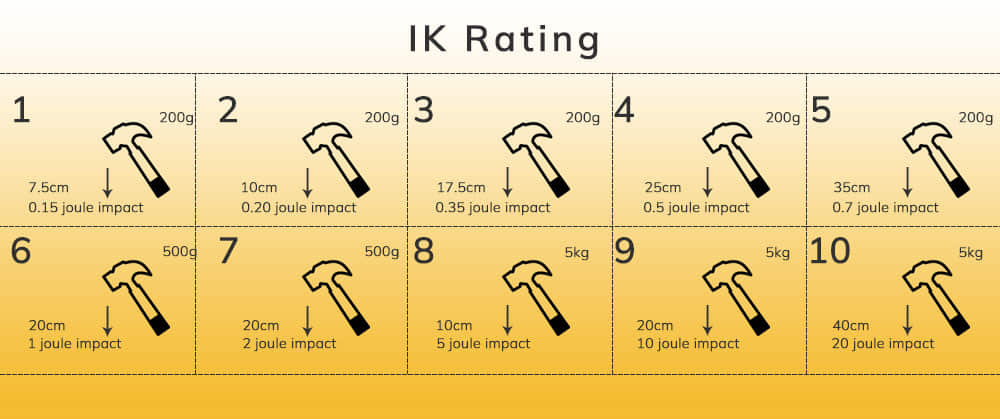- Home
- Products
- Topics
- Applications
 From industrial to outdoor lighting, AGC lighting have worked with a number of different customers around the world.View All Case Studies
From industrial to outdoor lighting, AGC lighting have worked with a number of different customers around the world.View All Case Studies - Sustainability
- Blog
- Resources
- Contact
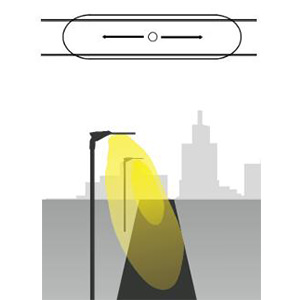
Type l distribution is great for lighting walkways, paths and sidewalks. This type of lighting is meant to be placed near the center of the pathway. This provides adequate lighting for smaller pathways.
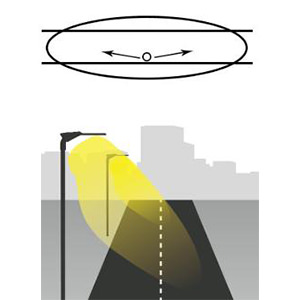
Type II distribution is used for wide walkways, on ramps and entrance roadways as well as other long, narrow lighting. This type is meant for lighting larger areas and usually is located near the roadside.
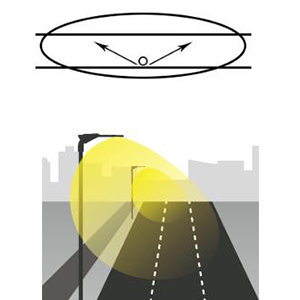
Type lll distribution is meant for roadway lighting, general parking areas and other areas where a larger area of lighting is required. Type lll lighting needs to be placed at the side of the area, allowing the light to project outward and fill the area. This produces a filling light flow.
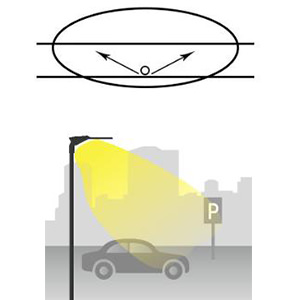
Type lV distribution produces a semicircular light meant for mounting on the sides of buildings and walls. It's best for illuminating the perimeter of parking areas and businesses. The intensity of the type IV lighting has the same intensity at angles from 90° to 270°.
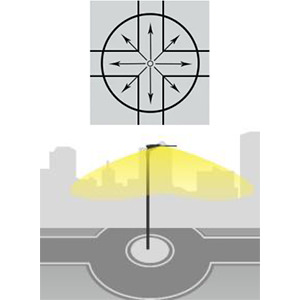
Type V produces a circular distribution that has the same intensity at all angles. It is intended for luminaire mounting at or near center of roadways, center islands of parkway, and intersections. It is also meant for large, commercial parking lot lighting as well as areas where sufficient, evenly distributed light is necessary.

Road luminance, measured in candelas per square meter (cd/m2), is a critical metric that indicates the visibility of roadways. Sufficient road luminance enables drivers to discern obstacles and navigate safely. Road luminance depends primarily on the light distribution and lumen output of luminaires, the design of street lighting systems, and the reflective properties of road surfaces. By increasing road luminance within recommended ranges, the visibility of roadways can be enhanced. According to lighting standards, appropriate road luminance (Lav) for public roadways generally falls between 0.3 and 2.0 cd/m2.
Uniformity metrics quantify how evenly illumination is distributed on roadways. Two key uniformity parameters are overall uniformity (U0) and longitudinal uniformity (UI). Overall uniformity (U0) indicates the ratio between the minimum and average luminance across a roadway. It assesses the permissible variance between minimum and average brightness levels. High overall uniformity ensures sufficient illumination across all locations on a road to maximize visibility. The Uo value accepted by the road lighting industry is 0.40.
Our LED street lights offer the flexibility of optional spigot sizes, making them compatible with a wide range of pole diameters.
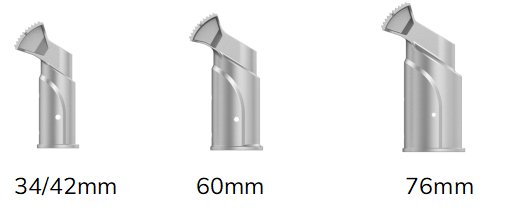
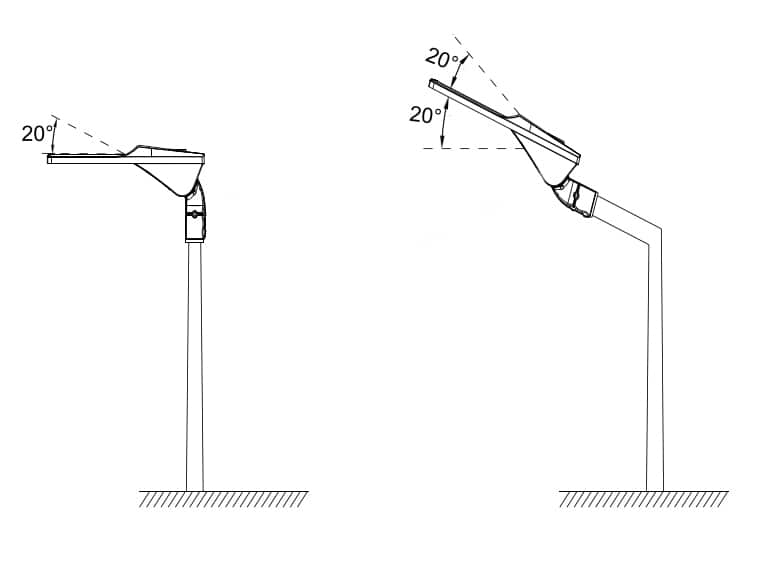
The spigot can be installed for both entry side or post-top, and it can be adjustable in 5° steps with precise angle scale from 0° to 20° or 0° to 15°. Here is an example of angle scale from 0° to 20°.
The reducer is designed to simplify your inventory management by allowing the use of a single product across a range of pole sizes.
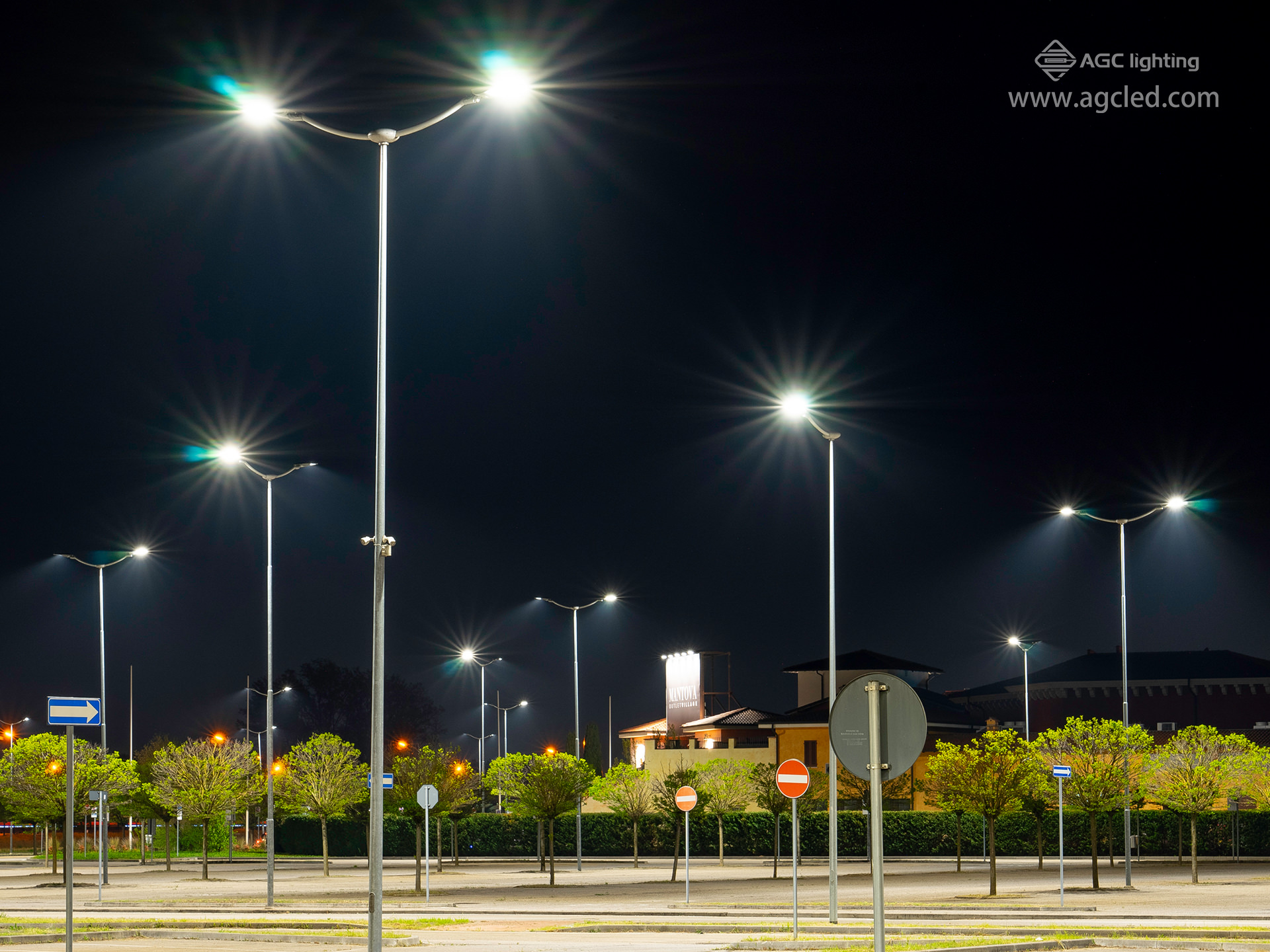
Spigot-free models that slide directly onto the pole for faster mounting and lower costs.

Street lighting maintenance can be time-consuming and costly due to the high installation height. That's why some of our LED street lights are designed for tool-free and rapid maintenance to minimize costs.
We understand that upfront costs are a crucial consideration when investing in LED street lights. While our tool-free maintenance LED street lights may have slightly higher initial costs compared to basic LED street light models. So we also offer a range of cost-effective LED street lights. These lights still provide high longevity, efficiency, and quality.
Excessive lighting not only leads to the unnecessary consumption of energy but also results in financial losses. Implementing advanced technologies such as self-adapting-midnight timing dimming and motion sensor technology can significantly improve the energy efficiency and intelligence of street lighting systems.
Self Adapting-Midnight (Midnight Virtual Dimming) allows streetlights to automatically reduce brightness during late night hours by programming specific dimming times and levels. Dimming profiles are customized based on lighting needs during inactive nighttime hours. Implementing timed midnight virtual dimming can provide significant energy savings and protect the environment.
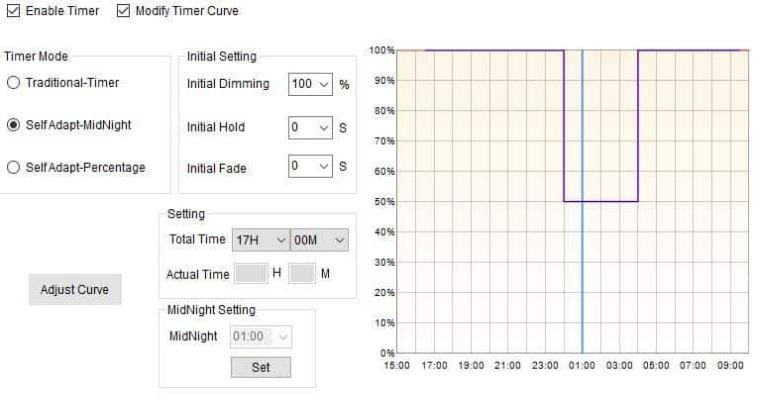
Self Adapting-Midnight timing dimming allows users to set the dimming time for streetlights based on their specific needs.
Within the scheduled dimming period, the brightness of streetlights can be adjusted through control module.
By lowering the brightness of streetlights during low-demand periods, self-attapting-midnight provides significant cost savings and supports environmental sustainability goals.
Motion sensors, including microwave and PIR sensors, are essential components used in dimming control systems to adjust light levels based on human or vehicular activity. These technologies are widely implemented in street lighting, parking lots, walkways, parks, and residential areas to provide adequate illumination while reducing energy waste. However, motion sensors are not recommended for high-speed roadways due to potential hazards from rapid light level changes.
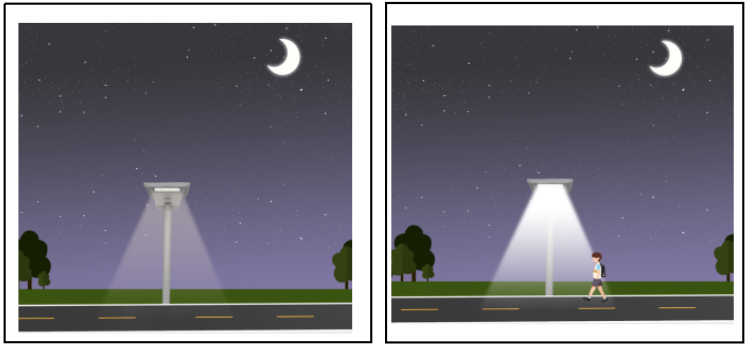
Detects objects by transmitting and receiving microwave signals. When someone or a vehicle enters the sensing range, the sensor triggers actions like activating or adjusting street light brightness.
Detects heat sources using infrared radiation. When a heat source, like a human body, enters the sensing range, the sensor detects changes in infrared radiation intensity, leading to actions such as switching on or adjusting street light brightness.
NEMA receptacle is a standardized connector for outdoor lighting. It allows easy electrical and mechanical connections between nodes and light fixtures, especially for street and park lighting. NEMA stands for National Electrical Manufacturers Association, a group that sets standards for electrical equipment to ensure safety, efficacy and compatibility. NEMA sockets include 3pin, 5pin and 7pin types, which are all high-voltage AC powered interfaces for lighting controllers. The 5pin and 7pin sockets can also support dimming modes such as 0 ~ 10V, PWM or DALI.
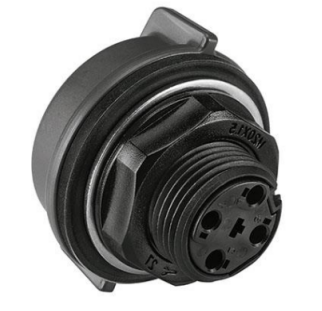
A Zhaga socket is a type of receptacle that is used for outdoor lighting systems. It allows easy and standardized connection between luminaires and sensors or controllers. Zhaga receptacles are compliant with the Zhaga Book 18 standard, which defines the interface, mechanical, electrical and communication specifications for the receptacle and the sensor or controller module.
The Zhaga Alliance and DALI Alliance have joined forces to introduce Zhaga-D4i luminaire certification, setting a new standard for connected smart lighting. This certification combines Zhaga Book 18 and D4i specifications, providing enhanced connectivity and interoperability. Zhaga-D4i products meet rigorous requirements and feature a distinct logo, ensuring superior performance in the world of smart lighting.
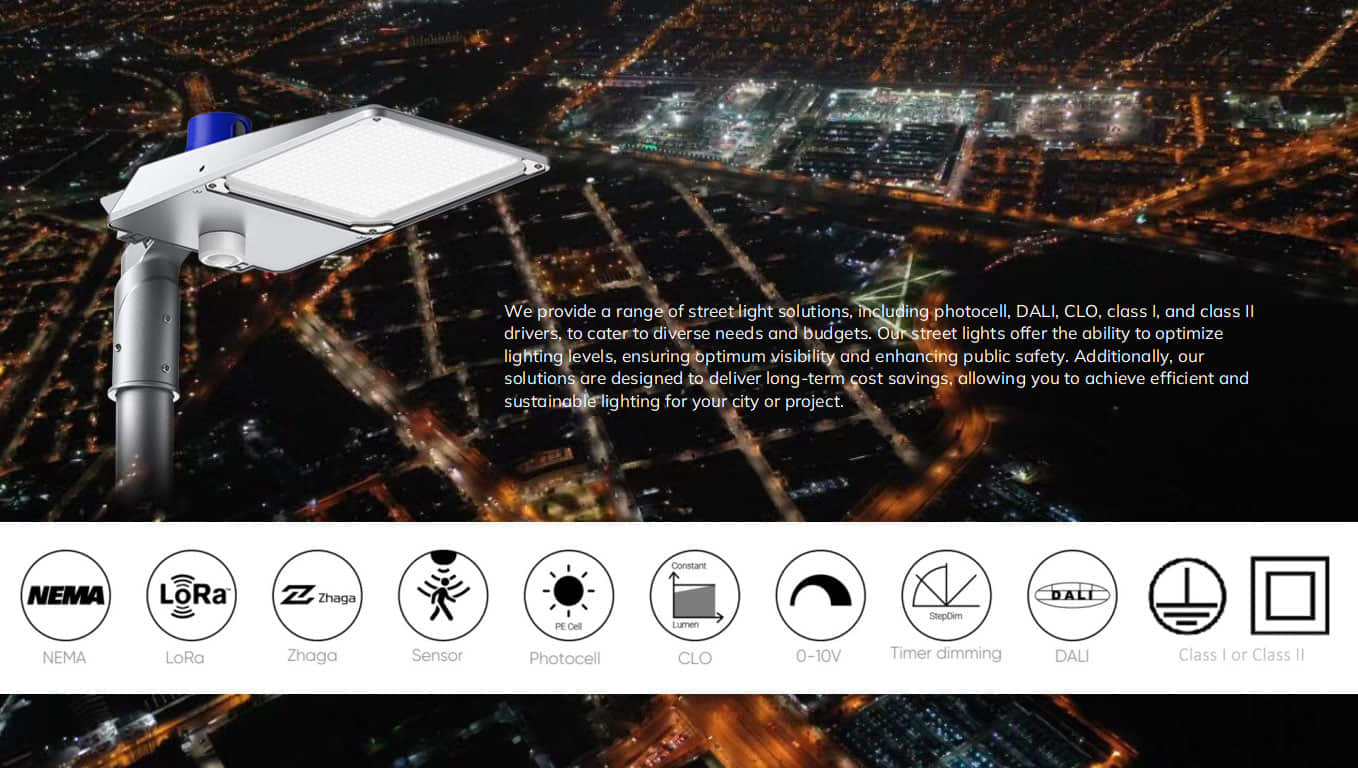
With the advancement of modern urban lighting and the implementation of smart city concepts, the requirements for street lighting are increasing. LED streetlights are widely used, with technologies such as PLC, Zigbee, Lora, and NB-IoT being applied. Among them, Zigbee and Lora are the most commonly used. Zigbee technology is mature, while Lora is showing a trend of catching up year by year. These technologies enable remote control of streetlights, including functions such as switching, brightness adjustment, inspection, and maintenance, making Zigbee and LoRa pivotal technologies for urban streetlight planning and smart cities.
Zigbee wireless control requires lighting fixtures and control devices with NEMA sockets. Zigbee is a low-power local area network protocol based on IEEE802.15.4 standards. It features short distance, low complexity, low power consumption, low data rate and low cost. Zigbee wireless devices allow more efficient streetlight system management. Zigbee transmitters and receivers transfer information point-to-point, sending it to a control terminal for checking fixture status and taking appropriate actions when faults occur. The system can save energy, improve performance and maintainability.
We are in the process of developing a smart lamppost. It is managed by a remote control system and powered by lightweight LED-based sources, which are supplied with electricity from renewable energy sources such as solar panels and batteries. The lamppost collects information related to system management and maintenance through a sensor network. This data is then wirelessly transmitted using the Zigbee protocol.
We are in the process of developing a smart lamppost. It is managed by a remote control system and powered by lightweight LED-based sources, which are supplied with electricity from renewable energy sources such as solar panels and batteries. The lamppost collects information related to system management and maintenance through a sensor network. This data is then wirelessly transmitted using the Zigbee protocol.
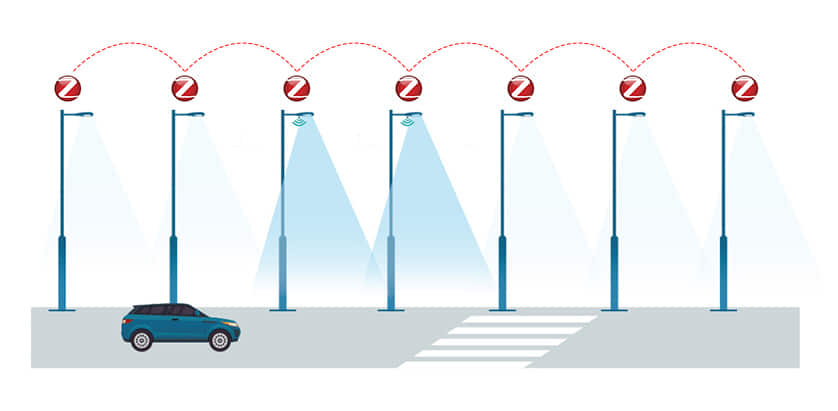
LoRa gateways have longer range compared to other communication services like WiFi, Bluetooth, NFC etc. Although GSM has longer range, it comes with subscription fees that LoRa (free) does not, and LoRa consumes very little power during operation. The Master connects to the internet for users to remotely monitor streetlights. Thus many streetlights can be connected and controlled from the Master gateway.
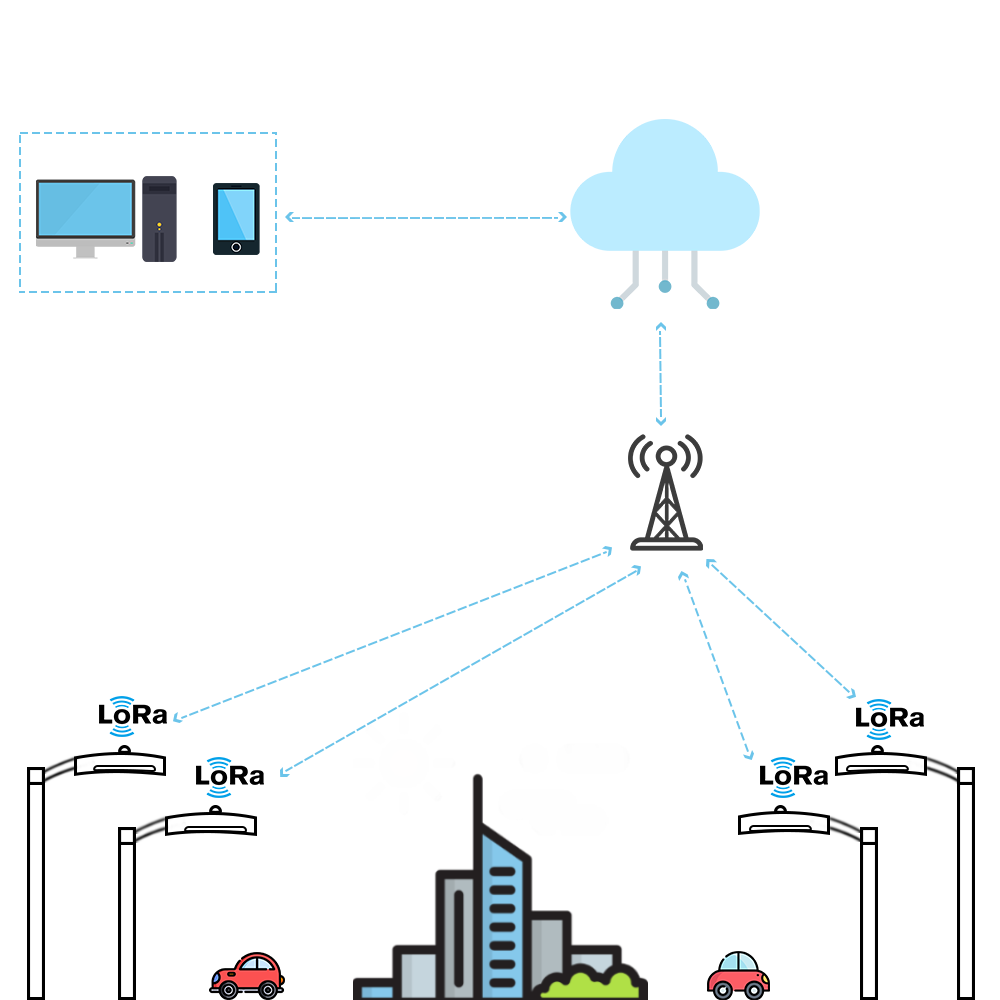
Semtech LoRa technology enables connectivity, real-time analysis, reporting, and additional functions such as geolocation.
L/B values are essential parameters used to describe the lifespan of LED fixtures. ‘L’ defines the percentage of lumen comparing with the initial lumens. The ‘B’ value means the failure data at the L data. These parameters play a crucial role in helping customers choose the most suitable lighting products while understanding their lifespan.
For example, L90B10 at 100,000 hours means the LED lamp keeps 90% lumen from the initial lumen and only 10% light failed to reach 90% lumen after 100,000 hours.
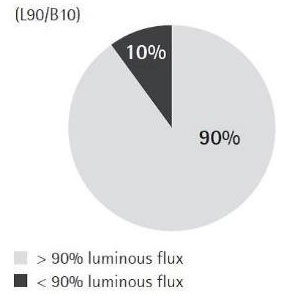
To achieve a true L90B10 lifespan of 100,000 hours for streetlights, it is crucial to consider the following factors:
Typically, our lighting fixtures come with a standard five-year warranty. However, we understand that certain projects may require a longer warranty period, such as ten years. We engineer streetlights for durability and exceptional performance, and we are proud to offer some streetlights with a ten-year warranty.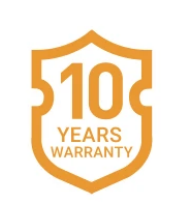
Lightning is a common natural phenomenon. When the charge in a thunderstorm cloud accumulates to a certain degree, air breakdown occurs, resulting in electrostatic discharge between clouds or between clouds and the ground. There are typically two forms of lightning: direct lightning and induced lightning, with most damage to LED lighting fixtures caused by induced lightning. Induced lightning usually takes two forms: Electrostatic induction and Magnetic field induction. Electrostatic induction occurs between clouds or between clouds and the ground. When electrostatic discharge occurs around buildings or overhead power lines and reaches a certain level, it generates magnetic field induction through changes in ground potential or electromagnetic coupling. Magnetic field induction lightning is a thousand times stronger than electrostatic induction lightning. It can cause more severe damage to LED lighting fixtures, especially during thunderstorm seasons and rainy days. To better mitigate this risk, the following considerations should be taken into account:
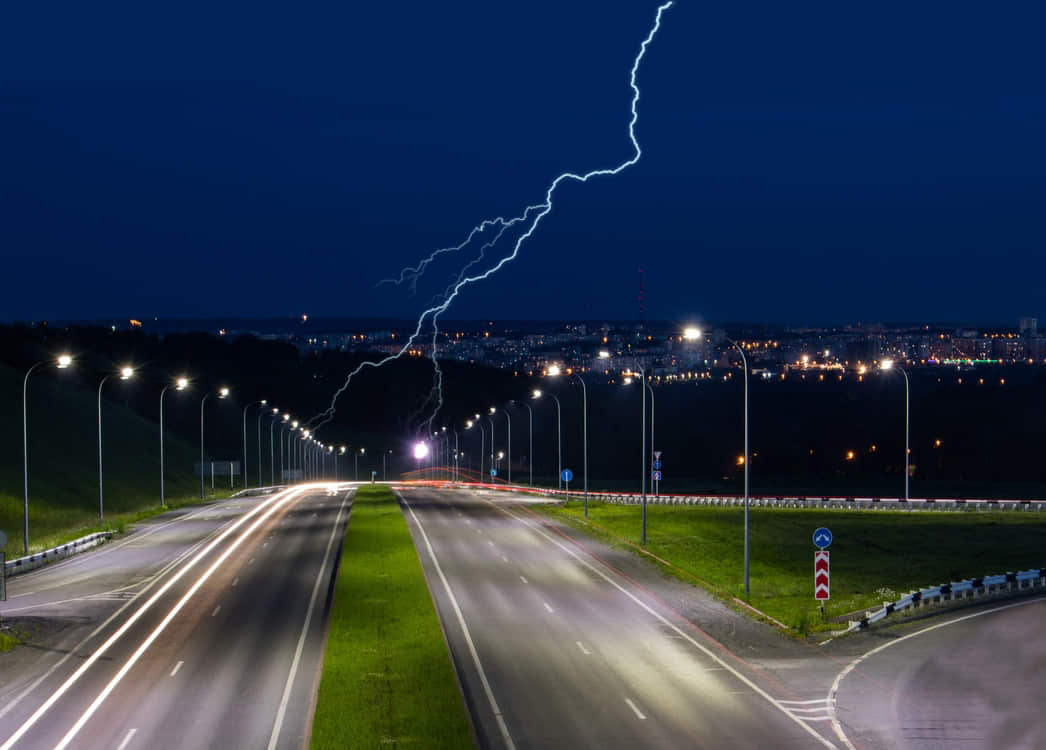
At AGC, we prioritize the safety and longevity of our lighting solutions, and that's why our street lights feature exceptional protection against various environmental challenges. These street lights have high IP and IK ratings which indicate their resistance to dust, water, and impact.
Ingress Protection (IP) Rantings gauges the protection of mechanical casings and electrical enclosures against intrusion, dust, accident contact, and water. IP ratings are determined by combining one digit from each of the two columns.
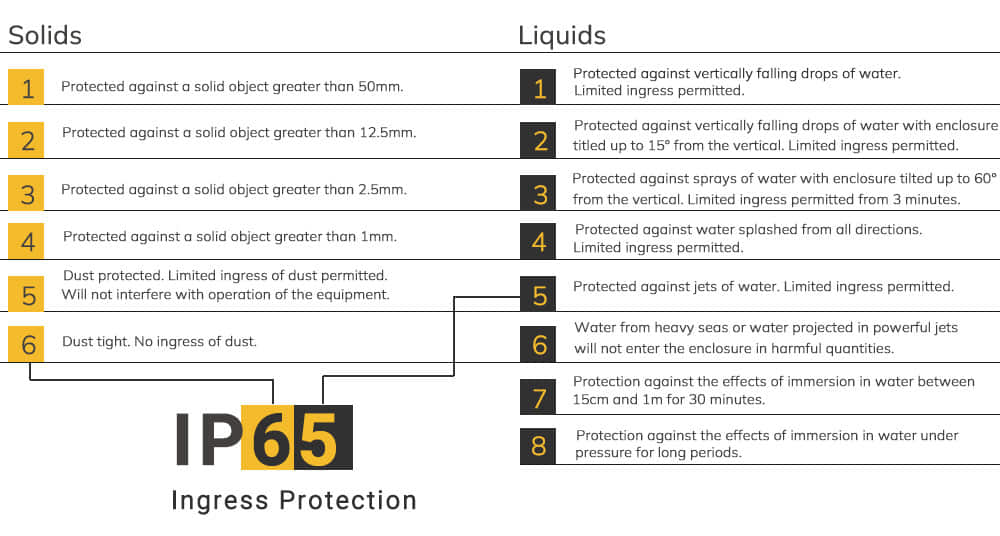
IK ratings are defined as IKXX, where “XX” is a number from 00 to 10 indicating the degrees of protection provided by electrical enclosures (including luminaires) against external mechanical impacts. The IK rating scale identifies the ability of an enclosure to resist impact energy levels measured in joules (J).
